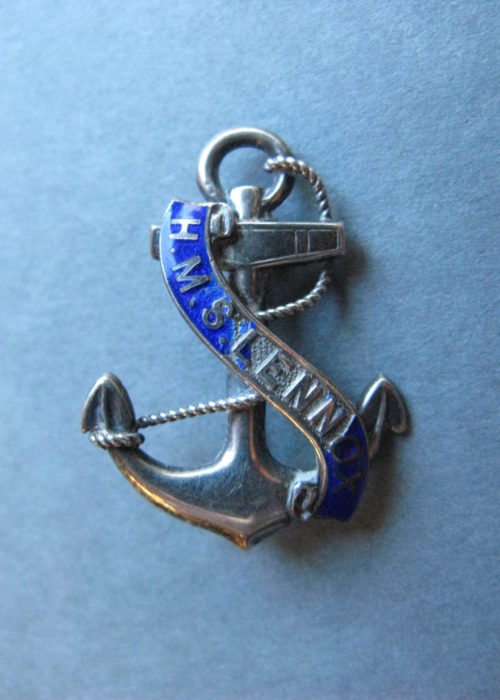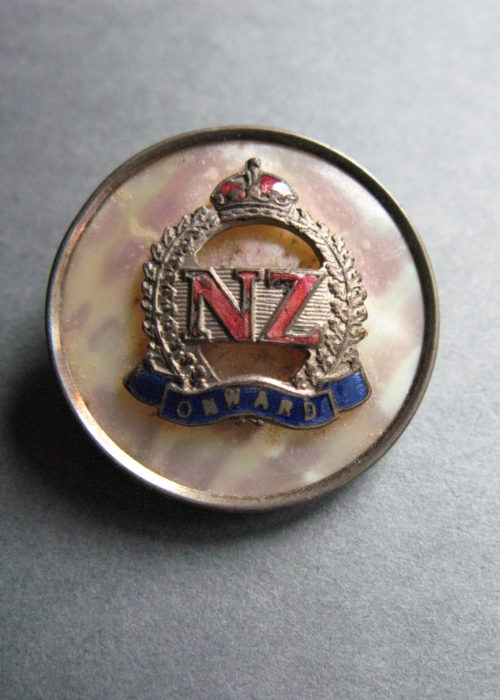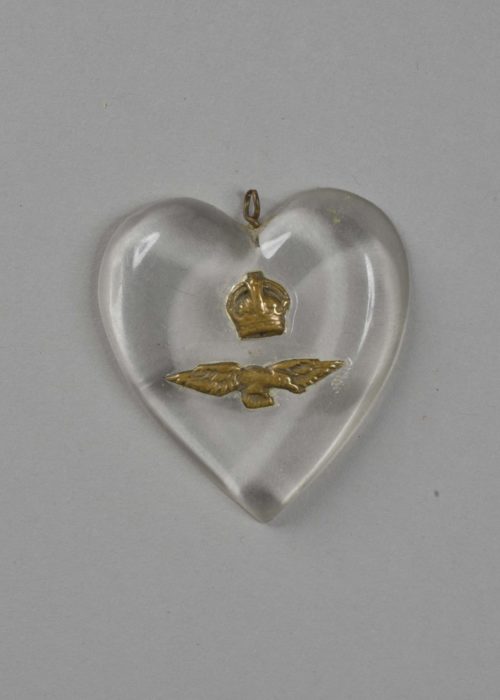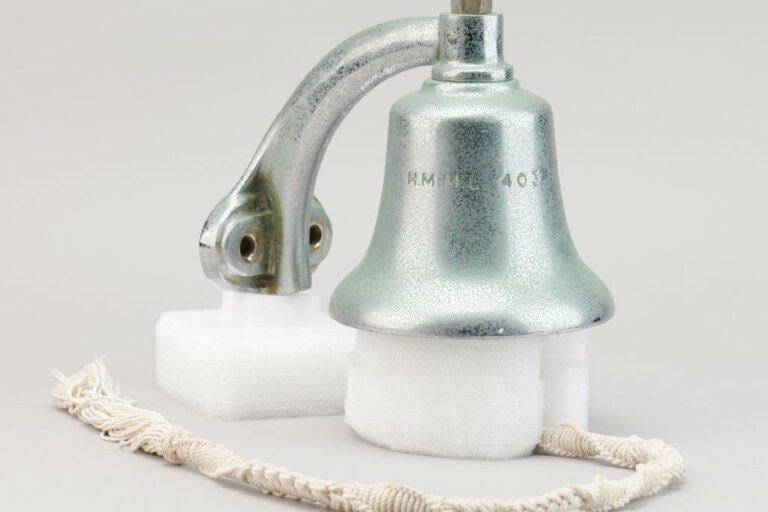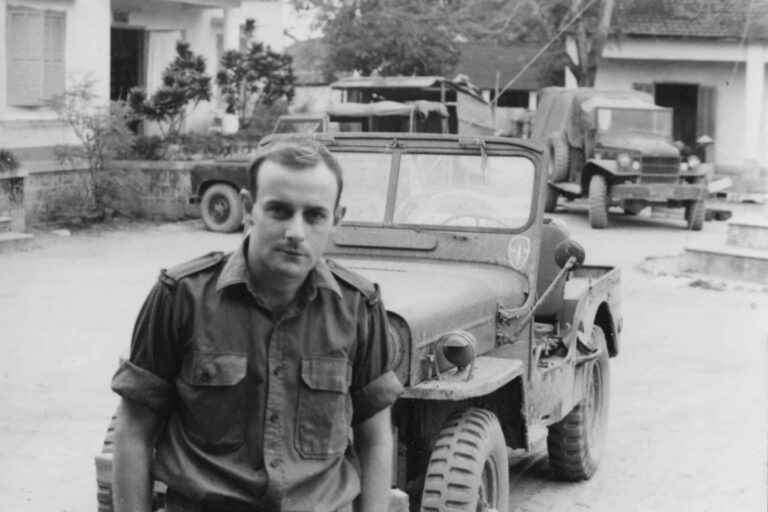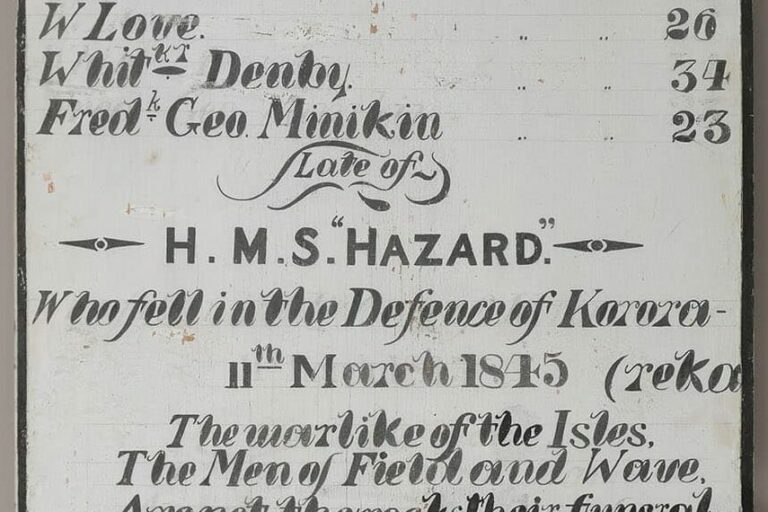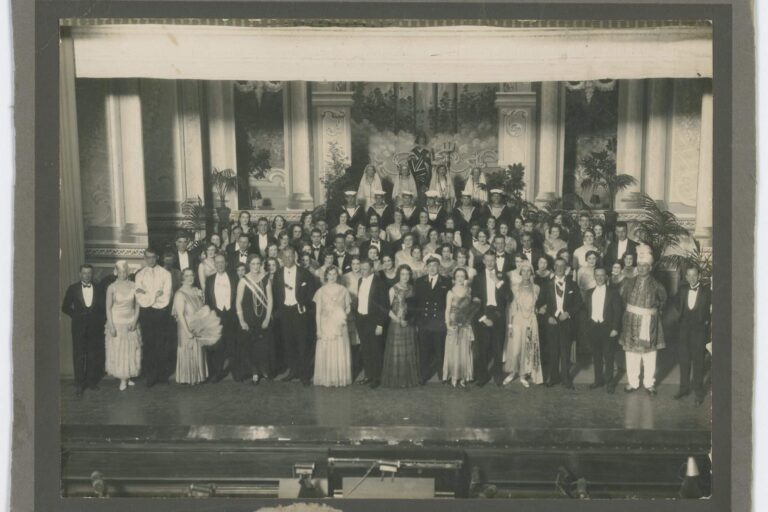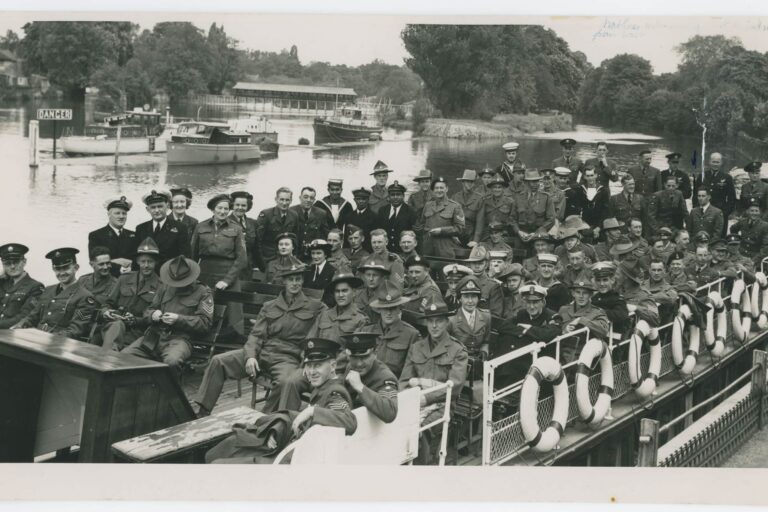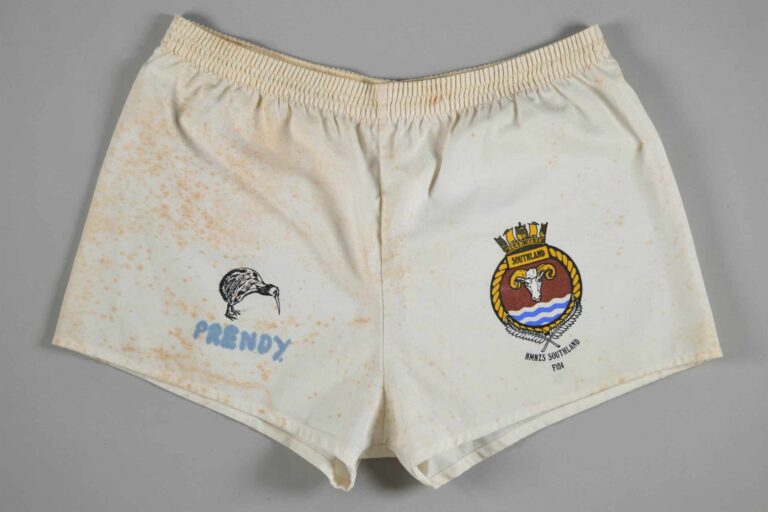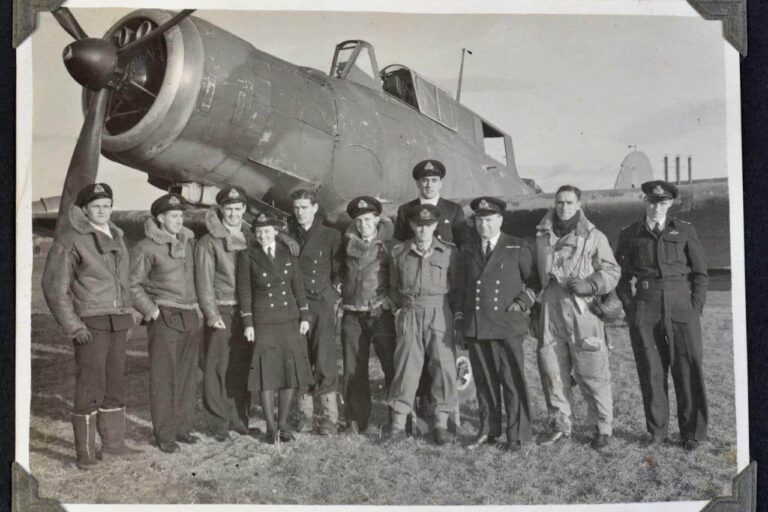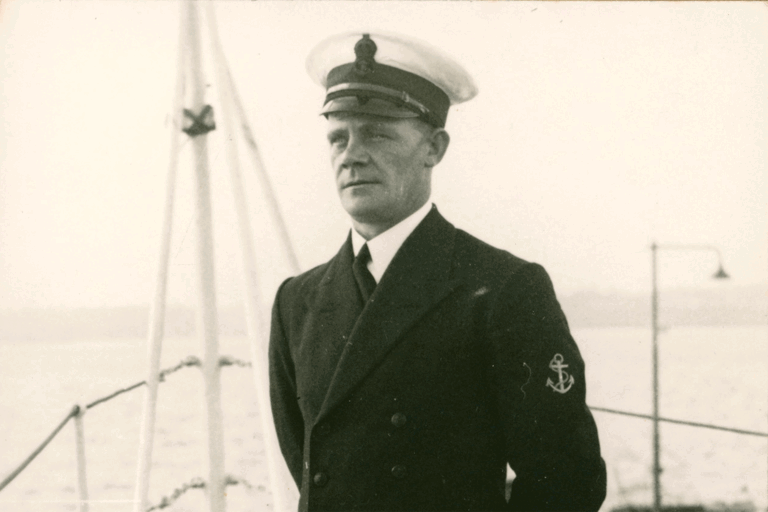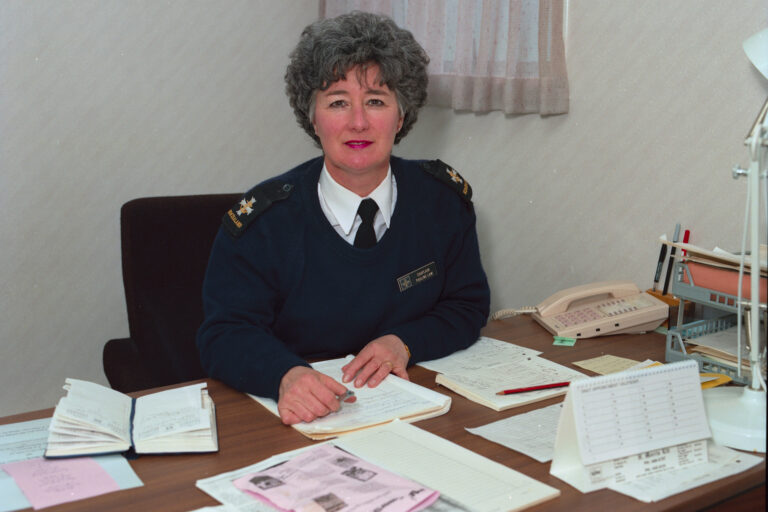Sometimes the smallest objects have the biggest stories to tell. These tiny badges are known as ‘sweetheart’ jewellery and came to symbolise many emotions from love and pride, to grief and heartbreak.
Commonly given to loved ones, including wives, mothers and children, these badges were miniature versions of the serving personnel’s insignia, representing their service, regiment or unit. Sweetheart badges were popularised in the First World War and became highly fashionable, although were believed to have first appeared in the Victorian era. By the time of the First World War, they were mass produced and commercially available. Often these badges were made from brass, silver, enamel or mother-of-pearl. Due to metal rationing in the Second World War, sweetheart badges were sometimes made of plastic or cheaper metals. They were commonly worn on a lapel or blouse.
Sweetheart badges were a keepsake to remember a loved one during long absences and could be treated as love tokens or good luck talismans. However, as they were often worn publically, sweetheart badges could also be imbued with patriotic pride and for some, they came to see the badge as part of their public demonstration that their loved one was ‘doing their bit’ and their support for them. Sweetheart badges could also represent societal solidarity during times of conflict and hardship.
As the tragedy of war took its toll, sweetheart badges could become a publicly visible articulation of grief. For many, they had painful associations if a loved one did not return home after they were encouraged to serve, and the badges were hidden away as not to be a reminder of heartbreak or even guilt. For others they were put away for safe keeping as treasured commemorative objects.
Sweetheart badges are hugely emotive and meant so many things to those who wore them and those who gave them. As many emotions are attached to these personal objects, they have not always found their way easily into museums or collections. However, these symbolic and poignant objects are tangible connections to the important histories of relationships and families in wartime.
By Hannah Pym – Collections Assistant
Some examples from our collection include L-R:
MDE 0031: Sterling silver sweetheart badge showing fouled anchor surrounded by blue enamel with lettering “HMS LENNOX” from the First World War. From the personal collection of AB Maurice Abbott RN.
MDE 0032: Circular silver bordered mother of pearl brooch with silver fern leaves surrounding red enamelled letters “NZ”, surmounted by silver crown with red enamel inlay. Blue enamel banner at base with word “ONWARD” from the First World War. From the personal collection of CMM Len Grigg
2019.34.1: Naval crown and wings set in clear plastic sweetheart badge from the Second World War. The object was inherited from her donor’s father Norman Robertson RNZN.


